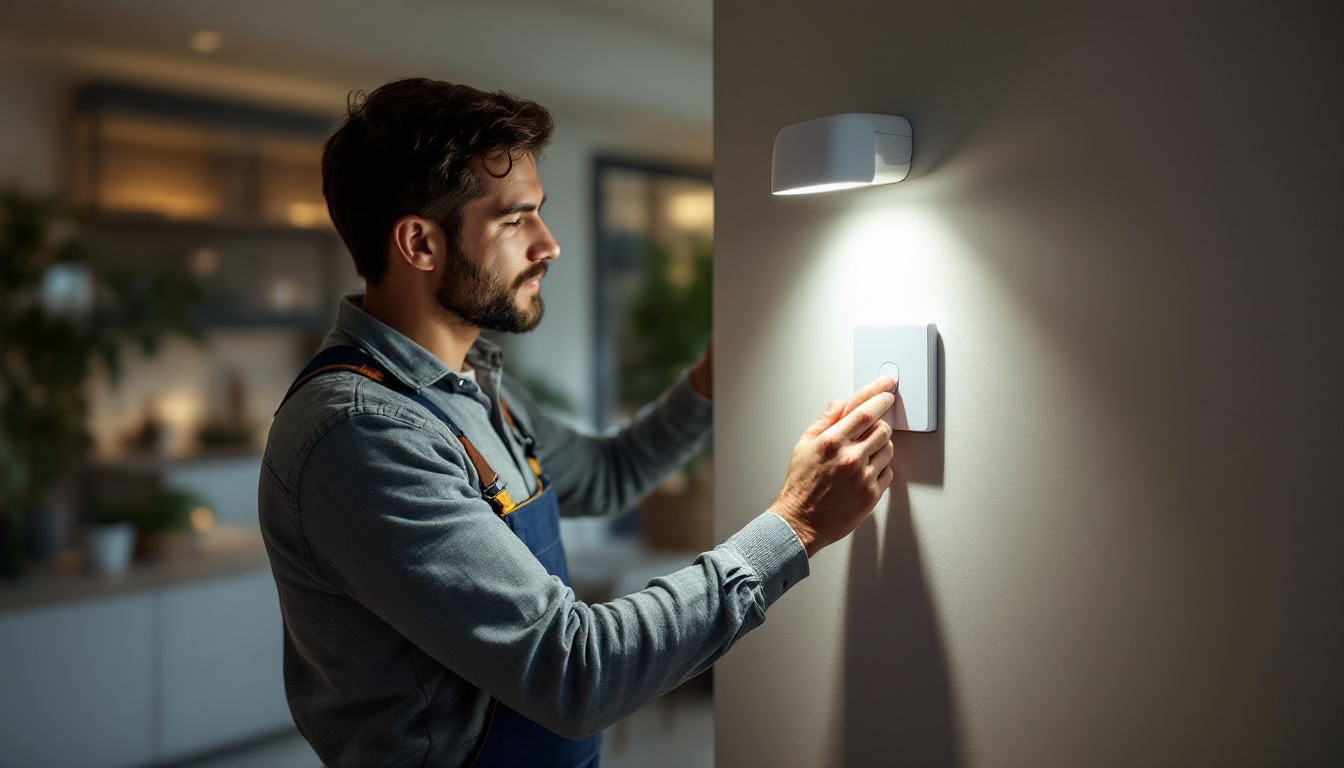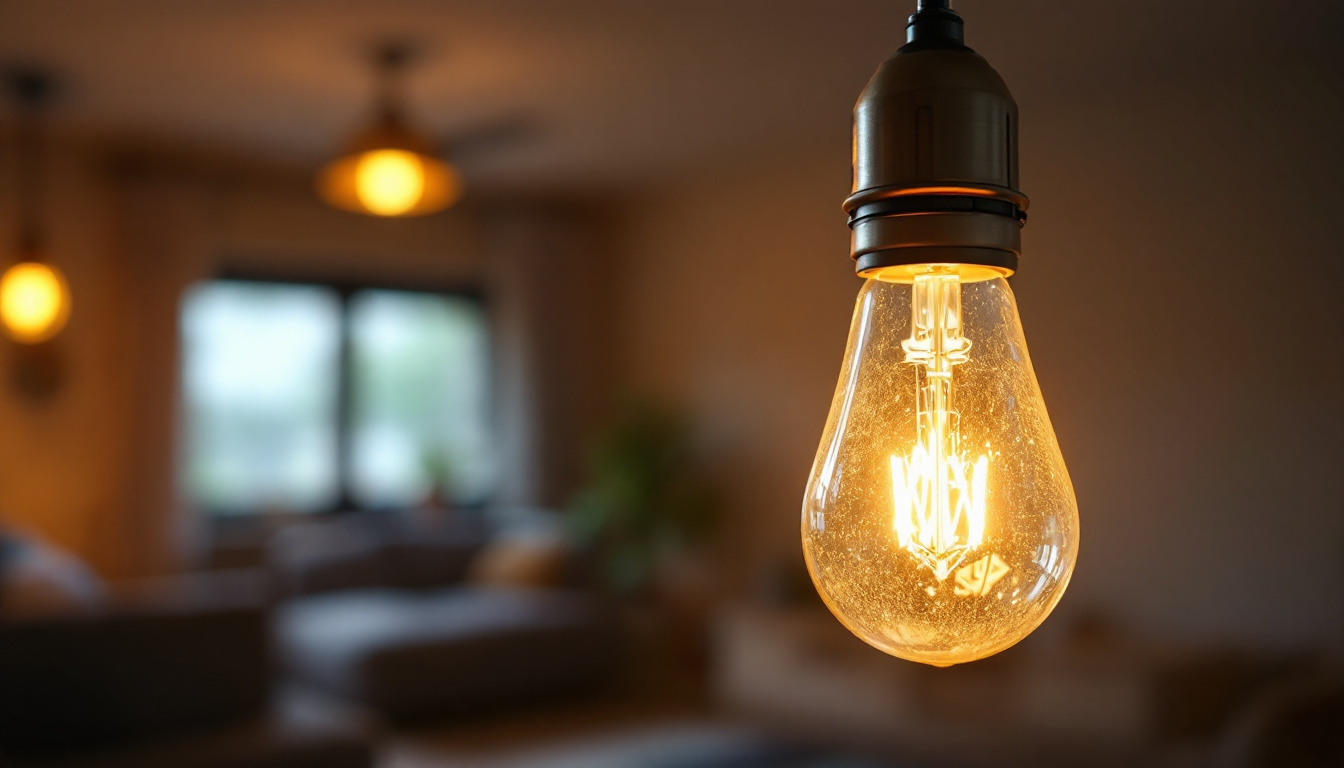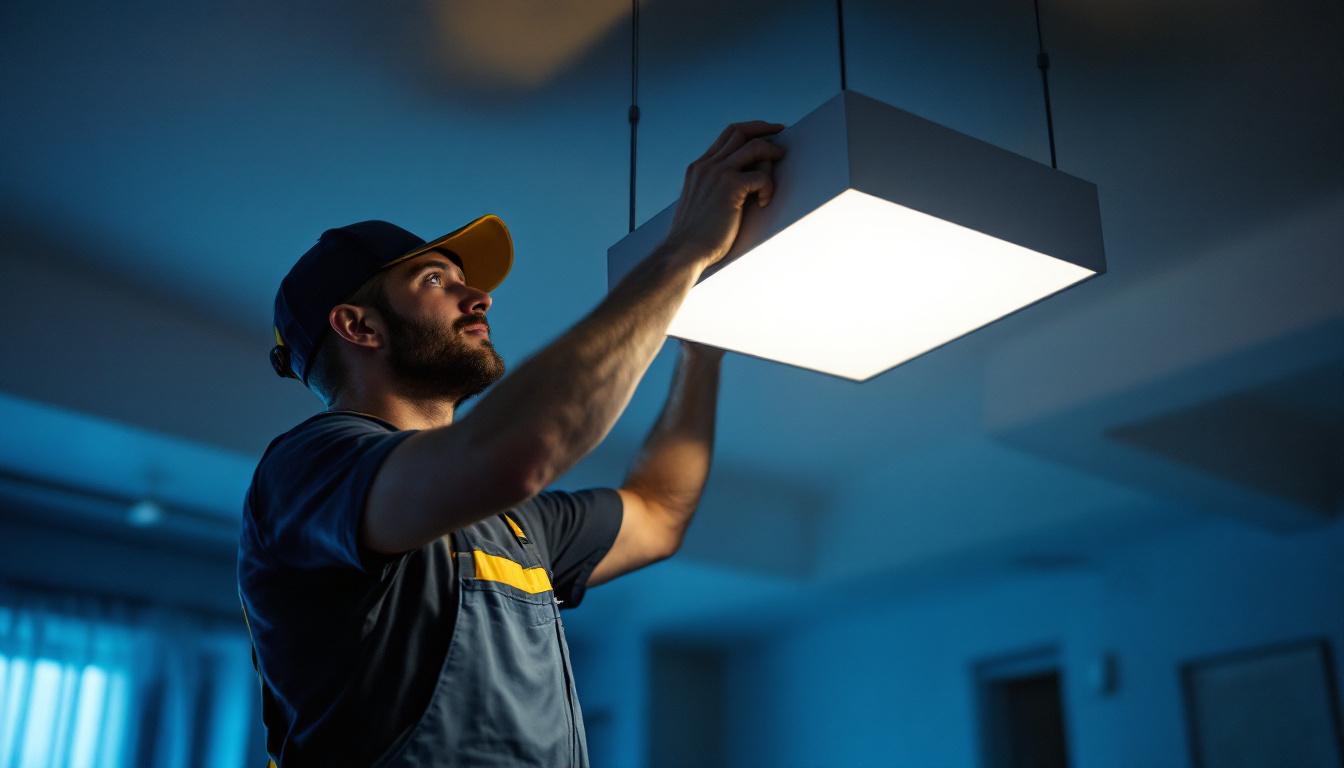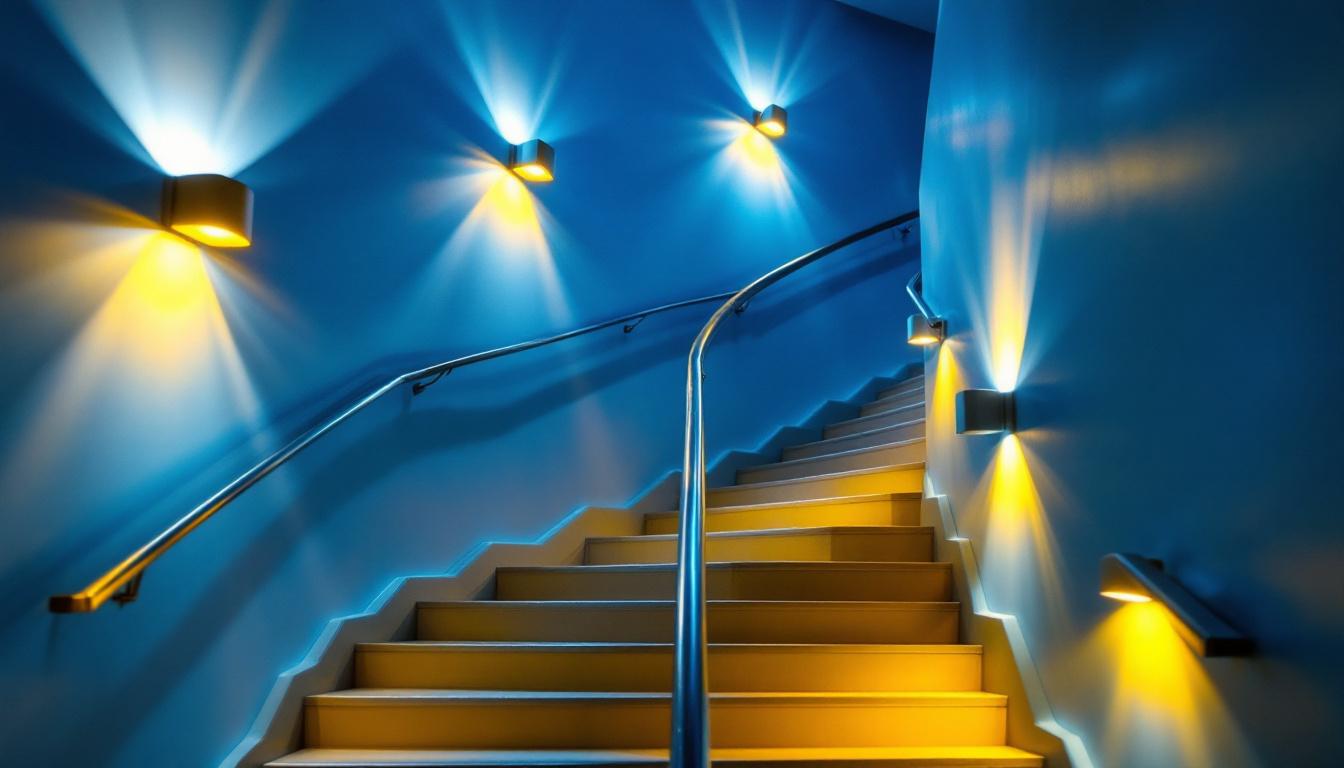
In the ever-evolving world of lighting technology, motion sensor switches have emerged as a vital component for both residential and commercial applications. These devices not only enhance energy efficiency but also improve safety and convenience. For lighting professionals, understanding the nuances of motion sensor switches is crucial. This article serves as an essential checklist to ensure that all aspects of these devices are covered, from selection to installation.
Before diving into the specifics of motion sensor switches, it is important to grasp the underlying technology. Motion sensors utilize various detection methods to identify movement within a designated area. The most common types include passive infrared (PIR), ultrasonic, and dual-technology sensors. Each type has its unique characteristics, advantages, and limitations.
PIR sensors detect changes in infrared radiation, which is emitted by objects based on their temperature. These sensors are ideal for indoor applications, as they are highly sensitive to human movement. They work best in spaces where there is a clear line of sight, making them suitable for hallways, bathrooms, and living rooms. Additionally, PIR sensors are energy-efficient, as they only activate when they detect motion, helping to conserve electricity. Their simplicity and low cost make them a popular choice for residential and commercial settings alike.
Ultrasonic sensors emit high-frequency sound waves that bounce off objects in their path. When movement occurs, the returning sound waves are altered, triggering the sensor. These sensors can cover larger areas and are effective in spaces with obstacles, such as offices and warehouses. One of the notable advantages of ultrasonic sensors is their ability to detect motion even in cluttered environments, where traditional PIR sensors might fail. However, they can be more sensitive to environmental factors such as temperature and humidity, which can sometimes lead to false alarms.
Combining PIR and ultrasonic technologies, dual-technology sensors offer enhanced reliability. They minimize false triggers by requiring both detection methods to activate the switch. This makes them an excellent choice for high-traffic areas where accuracy is paramount. Furthermore, dual-technology sensors can adapt to various lighting conditions, ensuring optimal performance regardless of the time of day. Their versatility makes them suitable for a range of applications, from security systems in commercial buildings to automated lighting controls in smart homes. As technology continues to evolve, these sensors are becoming increasingly sophisticated, incorporating features like adjustable sensitivity settings and integration with smart home systems, allowing users to monitor and control their environments more effectively.
Choosing the appropriate motion sensor switch is crucial for maximizing performance and efficiency. Various factors come into play, including the application environment, the type of sensor, and specific user needs. Here’s a checklist to guide lighting professionals in making informed decisions.
Consider the environment where the motion sensor switch will be installed. Indoor and outdoor settings have different requirements. Outdoor sensors must be weather-resistant and capable of detecting movement in varying light conditions. Conversely, indoor sensors should be sensitive enough to detect subtle movements without being overly reactive. For example, in a commercial setting, such as a warehouse or retail space, the sensor must be able to distinguish between human movement and other disturbances, like passing vehicles or animals, to avoid unnecessary lighting activation. This distinction is vital to ensure energy efficiency and maintain a safe environment.
Evaluate the coverage area required for the installation. Different sensors have varying detection ranges and angles. For larger spaces, a sensor with a wider field of view may be necessary. Additionally, consider the mounting height, as this can significantly impact the sensor’s effectiveness. In high-ceiling areas like gymnasiums or auditoriums, specialized sensors may be needed to ensure that they can detect movement effectively at greater distances. Moreover, some advanced models offer adjustable sensitivity settings, allowing users to customize the detection parameters based on the specific layout and usage patterns of the space.
Motion sensor switches should seamlessly integrate with existing lighting systems. Ensure compatibility with the types of bulbs used, such as LED, CFL, or incandescent. Furthermore, consider whether the sensor can be integrated into smart home systems for added convenience and control. Many modern sensors come equipped with features such as remote access via smartphone apps, enabling users to monitor and control their lighting from anywhere. This capability not only enhances user experience but also provides opportunities for energy savings by allowing for real-time adjustments based on occupancy patterns. Additionally, some systems can be programmed to work in tandem with other smart devices, such as security cameras or alarms, creating a comprehensive automated environment that enhances both safety and efficiency.
Proper installation is key to ensuring that motion sensor switches function effectively. An incorrect installation can lead to poor performance and user frustration. Here are some essential installation considerations for lighting professionals.
The mounting height of a motion sensor switch is critical for its performance. Typically, sensors should be mounted at a height of 6 to 8 feet for optimal detection. Additionally, the location should be chosen carefully to avoid obstructions that could block the sensor’s view. Corners or areas with a clear line of sight are often ideal. It’s also important to consider the angle of the sensor; many models have adjustable heads that can be tilted to cover specific areas more effectively. This flexibility allows for tailored detection zones, ensuring that the sensor captures movement from all angles without unnecessary gaps in coverage.
Ensure that the wiring is compatible with the motion sensor switch. Most sensors require a direct connection to the power supply, while others may operate on battery power. It is essential to follow local electrical codes and regulations during installation to ensure safety and compliance. Additionally, consider the power consumption of the sensor; some models are designed to be energy-efficient, which can significantly reduce electricity costs over time. If using battery-operated sensors, it’s wise to select high-quality batteries and check them regularly to avoid unexpected outages.
After installation, testing and calibration are crucial steps. Verify that the sensor detects movement as intended and that it responds appropriately to light levels. Adjust the sensitivity settings to minimize false triggers while ensuring adequate coverage. Regular testing can help identify any issues that may arise over time. Moreover, it’s beneficial to simulate different scenarios during testing, such as varying speeds of movement or changes in ambient light, to ensure the sensor performs reliably under various conditions. Documenting these tests can also provide valuable insights for future installations or troubleshooting.
While motion sensor switches offer numerous benefits, they can also present challenges. Being aware of these common issues can help lighting professionals troubleshoot effectively and maintain optimal performance.
One of the most common challenges with motion sensor switches is false triggering. This can occur due to pets, moving trees, or even passing vehicles. To mitigate this, adjust the sensitivity settings and consider the sensor’s location. Installing dual-technology sensors can also help reduce false triggers by requiring multiple detection methods.
In some cases, the detection range may be inadequate for the intended application. If the sensor fails to detect movement in certain areas, consider repositioning it or selecting a sensor with a wider coverage area. Additionally, ensure that there are no obstructions that could impede the sensor’s line of sight.
Compatibility issues can arise when integrating motion sensor switches with existing lighting systems. Ensure that the sensor is rated for the type of bulbs being used and that it can handle the total wattage. If compatibility issues persist, consider using a relay or adapter to bridge the gap between the sensor and the lighting system.
Regular maintenance is essential to ensure that motion sensor switches continue to function optimally. Implementing a maintenance schedule can help identify potential issues before they become significant problems.
Dust and debris can accumulate on motion sensors, obstructing their ability to detect movement. Regularly clean the sensor housing and lens to maintain optimal performance. Additionally, inspect the wiring and connections for any signs of wear or damage.
For smart motion sensor switches, keeping the software updated is crucial for performance and security. Manufacturers often release updates that enhance functionality or address security vulnerabilities. Regularly check for updates and apply them as needed to ensure the sensor operates smoothly.
Periodically test the functionality of motion sensor switches to ensure they are operating as intended. This includes verifying that the sensor detects movement, responds to light changes, and integrates seamlessly with any smart home systems. Regular testing can help identify issues early, preventing costly repairs or replacements.
Light motion sensor switches are invaluable tools for lighting professionals, offering enhanced efficiency, safety, and convenience. By understanding the technology, selecting the right sensor, ensuring proper installation, and addressing common challenges, lighting contractors can maximize the benefits of these devices. Regular maintenance and testing further ensure that motion sensor switches continue to perform optimally, providing long-lasting value to clients.
This essential checklist serves as a guide for lighting professionals to navigate the complexities of motion sensor switches. By staying informed and proactive, contractors can deliver high-quality installations that meet the evolving needs of their clients.
Ready to elevate your lighting installations with the most efficient and reliable motion sensor switches on the market? Look no further than LumenWholesale. Our commitment to empowering contractors with spec-grade lighting products at unbeatable wholesale prices ensures you have access to the best value for your projects. With LumenWholesale, you can expect top-quality lighting solutions that meet the highest industry standards, free shipping on bulk orders, and the convenience of premium products without the premium price tag. Don’t let inflated markups dim your project’s potential. Choose LumenWholesale for superior lighting products that blend quality, affordability, and convenience seamlessly. Wholesale Lighting at the Best Value is just a click away.

Discover how hanging pendant lights can transform your lighting projects and help you secure more contracts.

Discover how understanding the standard base light bulb can revolutionize efficiency for lighting contractors.

Discover effective strategies for lighting contractors to tackle common challenges in the industry.

Discover the critical role of stairwell lighting in enhancing safety and aesthetics.